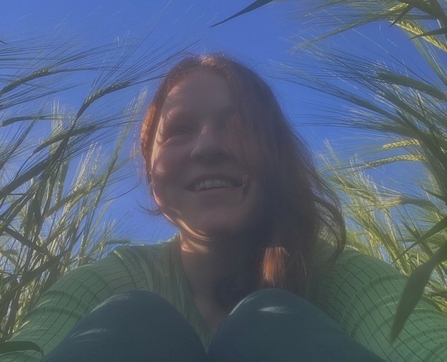
Beth Finnegan, Youth Forum member
January Sale - Get 50% OFF membership

Beth Finnegan, Youth Forum member
We set off early on a Saturday morning, in April, on a special charter boat that goes out regularly to the Copelands from Donaghadee. We were very lucky with the weather as it was sunny, and the sea was beautifully calm. On the way out we passed Big Copeland and viewed Mew Island which has a lighthouse.
We moored at Old Lighthouse Island. Ironically there isn’t a working lighthouse on this Island! The remnants of the original lighthouse do remain and the area surrounding it has now been converted into accommodation for researchers, environmentalists, and the public. The island also has historical interest as it was once a monk sanctuary and lead to the myth of a haunted lighthouse island!
We were met by a guide who volunteers with the Copeland Bird Observatory. During the day we had a tour of the whole island and were able to stop and look out to see seals and other birds such as black guillemot. We also saw highlights of the natural landscape such as 'Bluebell Gulley' and viewed the wide range of flora. We also saw the famous ‘Loo with a view’ which is a toilet block and although basic has a stunning view looking over the lighthouse with all the wildlife available to glimpse.
We were able to have the unique experience of being able to witness bird ringing in action and we saw a beautiful chiffchaff being carefully ringed. We were shown how different traps such as the Heligoland are used across the islands for safely and humanely catching these birds so that they could be ringed and contribute to worldwide statistics. We were also shown around the island accommodation which is fully contained in its management.
On the island, we saw a range of wildlife, both mammals and birds. There are a lot of rabbits on the island as they have virtually no predators. We learnt a lot about the Manx shearwater and other beautiful birds such as the storm petrol. Though the storm petrol is a summer visitor, we didn’t see any this time. The Island is a perfect habitat for the Manx shearwater and is home to over 1.7 % of the world’s population. The lack of predation is also crucial to the survival of so many species of bird such as the Manx Shearwater with the elimination of rats protecting this thriving population and breeding ground.
We returned home in the late afternoon and the sea was choppy, but we didn’t mind as we had such a great day full of bird watching and new experiences for everyone.